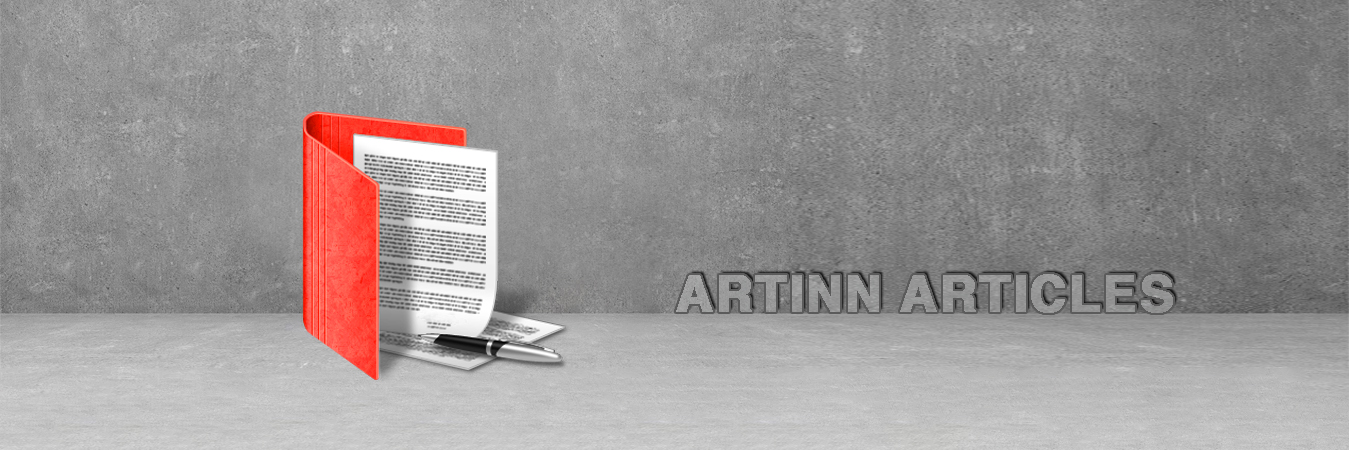BUILT TO LAST .5 KEY FEATURES OF A QUALITY SOFA
When it comes to shopping for your new sofa, the first thing that will usually catch your attention is an attractive design. Finding a piece with a striking look can often be a case of love at first sight, and you may find yourself already considering how it can fit into the look of your home.
However, the saying that beauty is only skin deep applies to sofas too. There is plenty of mass-produced furniture out there that might look nice, but in a matter of months it will begin to sag and fade, leaving you regretting your purchase.
we want you to buy with the confidence and knowledge that you are investing in something that not only looks great, but will last for a lifetime. To help you do this, we’ve created this guide to the five key features that make up a quality sofa and why they are important. Read on to find out more.

Lord series sofa – 951
Frame material
Any quality sofa needs a well-made frame that will allow it to maintain its overall shape and integrity. The frame is the skeleton that keeps every part of the sofa together, and for that reason it is incredibly important that it is strong and robust — able to stand up to everyday use without compromising on comfort.
Many manufacturers use either metal or wood composites for frames in their contemporary designs, but the traditional craftsman’s choice is hardwood timber, a material that has served sofa makers well throughout history and to this day. Metal frames can be sturdy, but they can also be prone to oxidation with seasonal changes in humidity. Wood composite frames are cheaper to produce, but lack the strength of hardwood.
The reason that beech hardwood is so desirable for sofa craftsmen is down to its natural qualities. The tree has a long, unbending trunk with few side branches, producing a hard timber with a straight grain. This type of grain allows the wood to keep its shape over the years, as there’s no variation in the grain that could encourage warping or twisting. The lack of side branches on the beech tree also means the timber has consistent strength throughout its length, as knots can be weak points.
In recent years, it’s become more common for manufacturers to use a mixture of timbers for frames. This is purely a cost-saving exercise and has no basis in good design or construction.
At Artinn, we also use plywood as frame material which also reduce the final cost and also lower down the weight .

Blerto series 713 – Artinn
Frame joints
While a strong frame material like beech hardwood can give you the strength along the length, width, and height of your sofa, how each piece is connected together counts for a lot too. The right type of joinery, carried out by an expert craftsman, can further enhance the strength and durability of a sofa’s frame.
Modern pneumatic machinery means timber can be effectively connected together using metal staples. This cost-saving method is commonly used in mass-produced frame construction. However, there’s no question that the resulting product has less strength and durability than the traditional method of connecting timber by proper jointing with wooden dowels and specialist wood glues.
Here at Sofas by Saxon, all major construction joints within our frames are both glued and dowelled, with the addition of strengthening screwed corner blocks in vital areas. We sometimes use metal staple fastenings to attach shaping pieces in non-stress areas.
Cushion filling
The cushions will provide you with the support you need to relax, as well as giving your sofa form and volume. The intended feel and look of a sofa will determine which cushion filling is used. The most commonly used are foam, feather, and polyester fibre — each have their own properties and will add different qualities. There are also instances where two or all three of these filling materials will be used to achieve the desired result.

Masina 991 series
Foam
Foam is formed by mixing an assortment of chemicals that cure and then rise into a large block shape, like an oversized sponge cake. The greatest advantage of this material is that it provides a soft feel while having an inherent pliability, which allows its shape to recover after someone sits on the furniture.
The stiffness or softness of the materials used, and the amount of air bubbles formed during the curing process, determines both the overall feel and the density of the resulting foam. The more material and less air there is in foam, the greater its density. As a result, the opposite is also true. Generally speaking, the higher the density, the more expensive and better quality the foam.
This is an area that some companies skimp on in an effort to reduce costs, but when cheaper material collapses under use you will be left with a poorer performing sofa.

Andersa 882 series
Suspension
A good quality sofa relies on a first-rate suspension to deliver comfort and resilience. It makes up the inner part of the seating area, and, combined with the cushion filling, defines what your new piece of furniture feels like to sit on. Additionally, a good suspension system must be capable of withstanding the continuous impact of someone sitting down throughout the life of the furniture, so robustness is an important factor to consider when choosing your sofa.
Before the invention of latex and polyurethane foams, sofa craftsmen did not have access to the soft and resilient material we are used to today. A standard of comfort was achieved through the combination of coiled metal springs beneath horsehair or feather-stuffed cushions. As these fillings did not provide any natural resistance, that job was left to the springs under them.
Thankfully, today we are able to enjoy the luxury of having naturally resistant cushion fillings, as well as more advanced suspension systems, which can lend a quality sofa an unparalleled sense of cosiness. There are three main types of suspension used in premium sofas.
· Coiled spring units
With conical metal springs attached to metal laths, these two elements combine as a single unit to suit the individual seating space. The result? A softer sitting experience. This method is mostly used with the less resilient feather- or fibre-filled seat cushions. However, it’s also used on better-quality fully buttoned seats that don’t have extra seat cushions.
· Serpentine or no-sag springs
Individual metal wires are used to form a zigzag shape, which creates a spring. These are then attached from front to back within the frame’s seating space before being linked together. This is the most widespread suspension method used today and can be combined with a huge range of seat cushion fillings.
· Elastabelt webbing
Combine polyester fibres with elasticised threads and you’ll end up with a durable and extendable suspension belt. It’s woven from side to side and front to back with the frame’s seating area. This provides an even suspension unit. This method is widely used as a combination with resilient foam seat cushion fillers.








